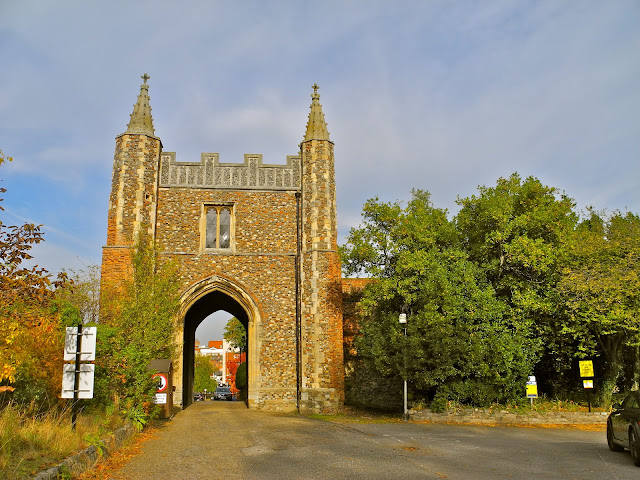Colchester infirmary caught in the "Tudor Web"

The church of St Helen and the Holy Cross. This artist's impression places it in the position it held in Crouch Street, Colchester. I received two items posted through my letterbox this week which relate to our project "caught in a Tudor Web". These included some notes and puzzles on the Reformation from a new ten-year-old member of the club. She had studied the reformation and provided additional information on the religious houses in Colchester, which were closed and demolished in the Tudor period. She writes:- "Crutched Friars or The Hospital of the Holy Cross and St Helen, was founded before 1230 by William de Lanvelli, became a secular hospital or free chapel. Dissolved 1538. Greyfriars, founded before 1237 by Robert, Lord Fitzwalter, dissolved 1538." Articles in copies of "The Colchester Archaeologist" confirm the Hospital of the Holy Cross and St Helen, was indeed founded to support the poor and the sick. Those services were lost when it was...






